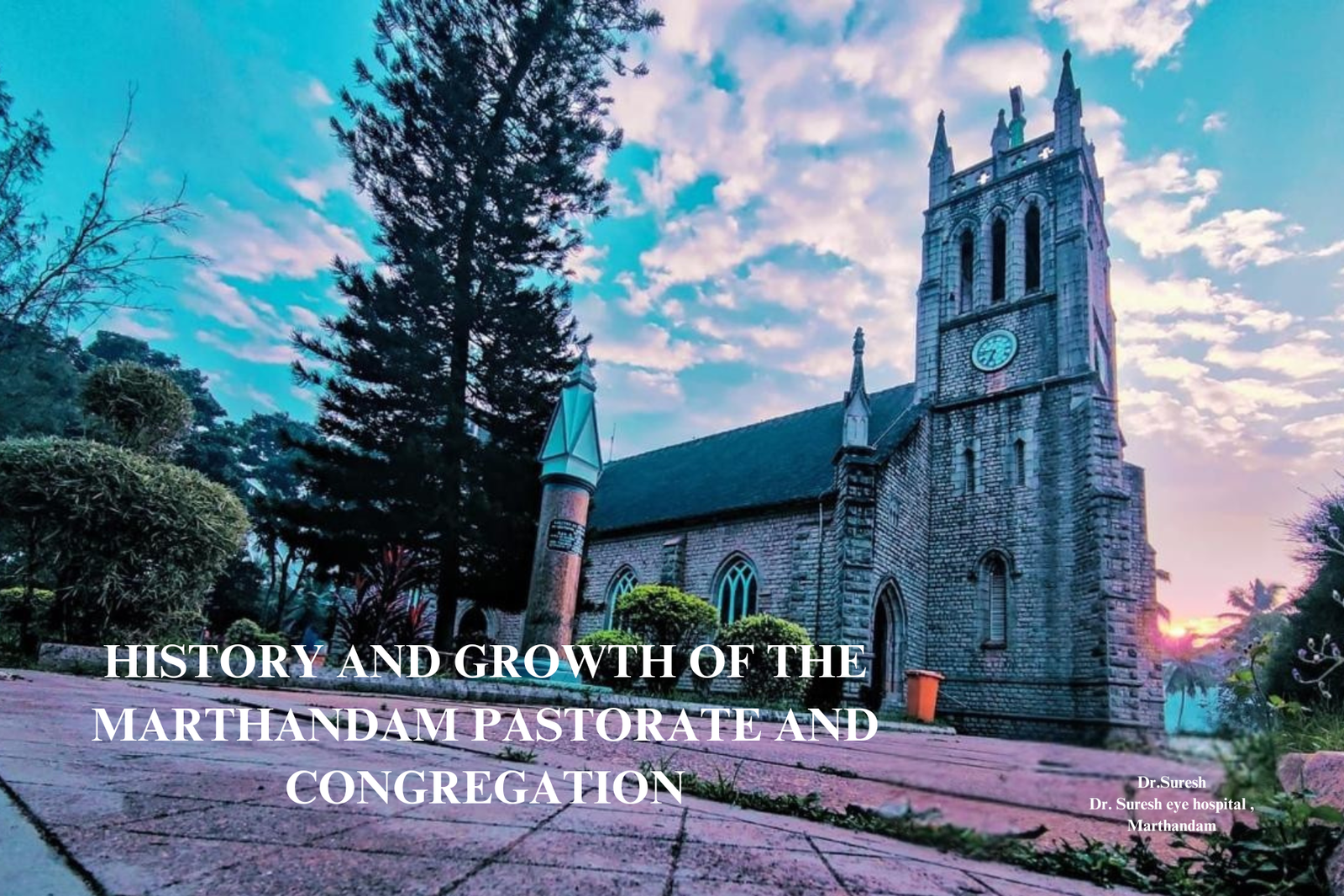History - marthandampastorate Church – sounthindia- Pastorate- Missionaries - MissionCompound -Expansion –Building- Expansion- Dedication(1933) - MissionaryLegacy- Education- Healthcare- Religious Services CommunityDevelopment - Congregation's Growth - MartandamChurch'sRole - Community historicalchurches - Tamil Nadu India- Churchphotography- Churcharchitecture- MarthandamCSI- Church images- –Church-history Tourist- destinationmarthandam- Tamilnadu –tourism
"Marthandam Church: Two Centuries of Spiritual Leadership and Service"
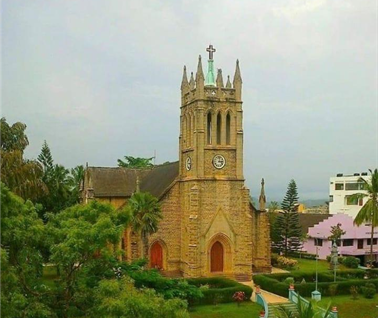
The roots of the Martandam church trace back to 1839 when Rev. John Abbs, the District Missionary of the Parassala District, laid the foundation for the congregation by purchasing a small plot of land and erecting a modest building for divine worship. Over time, the work grew steadily, with successive missionaries expanding the land holdings and improving the facilities. Rev. G.O. Aewport succeeded Rev. John Abbs and expanded the mission further by purchasing additional land and constructing a schoolhouse and a mission house for the catechist.
Rev. James Emilyn, who followed G.O. Aewport, significantly expanded the mission compound by acquiring even more land. Emlyn’s work included setting up Tamil and English schools, as well as founding the first girls’ school in the region. His contributions were instrumental in laying the foundation for the future growth of the congregation and the surrounding area, which saw the establishment of a post office and mission hospital by 1888.
The congregation in Martandam, located on the eastern side of the Kuzhithurai River, continued to grow, spurred on by dedicated mission work. Despite initial resistance from local families and logistical challenges, the mission eventually flourished.
The Role of Missionaries in the Growth of the Congregation
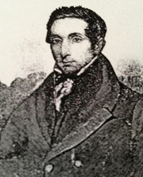 Rev. Charles Mead
Rev. Charles Mead
Rev. Charles Mead (1816-1853), who originally intended to establish a mission in Marthandam, faced considerable challenges in securing land. However, with the help of Rev. John Abbs, he succeeded in establishing the first congregation here in 1839, paving the way for future growth.
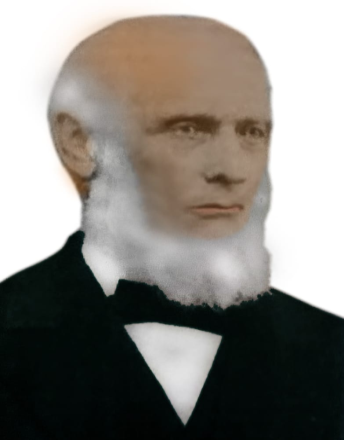 Rev. James Emlyn
Rev. James Emlyn
Rev. James Emlyn (1865-1899) was pivotal to the early development of Marthandam. He made key contributions by founding schools, including the Tamil and English schools, and starting the first girls' school in the area. In 1883, he also established the first mission hospital in Vilavancode Taluk, further cementing the importance of the Martandam mission.
Formation of the Martandam Pastorate
In 1893, the congregations of Martandam, Kristucoil, Parassala, and Irenipuram were grouped together under the Martandam Pastorate. On December 13, 1893, Rev. J. Knowles conducted the ordination service for the pastors of these congregations, officially marking the establishment of the Martandam Pastorate.
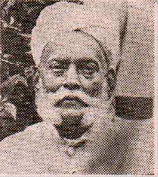 Rev: S. Mathias
Rev: S. Mathias
Rev. S. Mathias (1893-1900), He was the first pastor of Marthandam (and he worked Vigrously for the advancement of the Church & his labours were blessed with success.) In 1900 the Assistant Missionaryship of the Parassala District fell vacant by the retirement of Rev: Joseph Kamalam and Rev: S. Mathias was appointed as the Assistant-Missionary by the Rev: J. Knowles. Rev: S. Mathias was a native of Arasakulam, a small village near Thengappattanam, and he was one of the Immigrants who came to Martandam at the time of Rev: J. Knowles. He studied in the Nagercoil seminary. He was an eloquent & humourous preacher. He was the first Indian to work as the District Missionary in Travancore. He acted twice as the District Missionary during the absence of Rev: A.T. Foster on furlough.
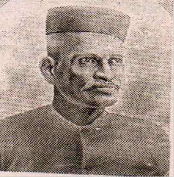 Rev: A. Samuel
Rev: A. Samuel
Rev. A. Samuel (1903-1915), He was the second pastor of Martandam. During his ministry the church grew, and the Church building used for service was found inadequate for services. So Rev: I. B. Hacker handed over the English School building to the Church with some alterations in the building. Soon after a plat-form Reading Desk was put up by Mr. J. Jesudason conductor at a cost of Rs.120/-. Rev: A. Samuel was a native of Parassala. He was educated in the Nagercoil Seminary & underwent Theological Training. He was a good preacher and untiring worker
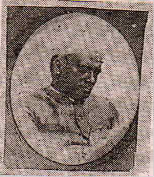 Rev: S. Devasahayam,
Rev: S. Devasahayam,
Rev. S. Devasahayam (1918-1921), the third pastor, He studied in the Scott Christian College, Nagercoil & took his B.A. Degree. He was the Headmaster of the Marthandam English Middle School. He was a native of Martandam, his father Mr. M. Sebegnanam was one of the early workers of the Martandam Church.
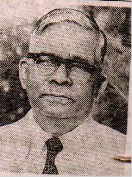 Rev: G.N. Moses
Rev: G.N. Moses
Rev. G.N. Moses (1924-1930), who became the fourth pastor, he did good work during his time. After a few years, he was appointed to the Divinity School at Kannanmoolai. He is a native of Puthalam. He studied in Scott Christian College, Nagercoil and underwent Theological Course at Bangalore. He was a Teacher in the Nagecoil Duthie Girls’ High School. During the time of Rev: G.N. Trowell a Divinity School was opened at Martandam, and Rev: G.N. Moses was appointed as the Principal of the School.
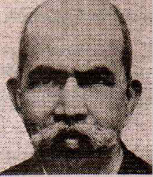 Rev. N.H. Harris
Rev. N.H. Harris
Rev. N.H. Harris (1929-1945) . Rev: N.H. Harris was appointed as the fifth Pastor after the termination of his period in the Divinity School at Kannanmoolai. During his period he did good work for the development of the Church. The present Church building was dedicated in 1933. During his time the Triple Jubiles of the L. Missionary Society was celebrated, and the management of the then Church-building at Martandam was handed over to the Church by Rev: G.W. Irowell, the attorney of the L.M.S. in Travancore. He retired in the year 1945. He was a native of Martandam and was educated in the S.E. High School Nagercoil, and studied Theology in the Bangalore United Theological College.
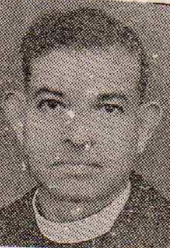 Rev: P. Alexandar
Rev: P. Alexandar
Rev. P. Alexandar (1948 - 1958), Rev. P. Alexandar, he is the sixth Pastor of Martandam Church, has been instrumental in its growth and development. Ordained on February 10, 1950, this marked the first ordination service since the church became a pastorate. Under his leadership, a new parsonage was built, and he has focused on Sunday School and Christian Endeavour activities. He also leads evangelistic efforts in nearby Hindu villages, resulting in positive outcomes. Rev. Alexandar, a native of Nagercoil, studied at S.C. College, University College Trivandrum, and pursued his theological studies at Bangalore U.I. College and Serampore University.
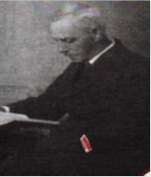 Rev: I.H. Hacker
Rev: I.H. Hacker
Until 1905, Martandam was managed by the Parassala District. The first missionaries to live in Martandam were Rev. I.H. Hacker and Mrs. W.D. Hacker. Due to the expansion of the Neyyoor Medical Mission, Rev. Hacker relocated to Martandam, where he and his wife made significant contributions. They upgraded the Girls School, first to a complete Primary School and then to a Vernacular Higher Grade School, with Mr. A.S. Devavaram as headmaster. A new school building was constructed to accommodate growth. Mrs. Hacker also started an embroidery industry. Additionally, the Boys School was elevated to a complete Primary School. After 15 years of dedicated service, Rev. and Mrs. Hacker retired in 1920, later living in Kodaikanal, where they both passed away.
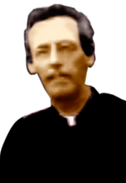 Rev. Isac Henry Hacker
Rev. Isac Henry Hacker
In 1920, after Rev. and Mrs. Hacker's retirement, Rev. R. Sinclair and Mrs. Sinclair took charge of the Neyyoor District. Rev. Sinclair is remembered for building important structures at Martandam, including a permanent stone building for the Girls School and a Girls Boarding Home with accommodation for 100 girls. In 1932, a Training School was established to train teachers, initially located in the Girls School building, with Mr. D.Y. Nallanthamby as Headmaster. A new building for the Girls School was constructed in 1932.
In 1947-1948, the government’s policy changes led to the closure of Vernacular Schools, and the Boys School merged with the Girls School to form an English Middle School. In 1950, Rev. G.W. Irowell was asked to raise the school to a High School, and after the community raised Rs. 3,000, the school expanded. By 1952-1953, it became a full High School, under the leadership of Mr. K. Joshua, and continued to thrive.
Rev. Robert Sinclair and the Development of Martandam
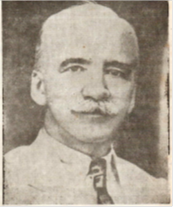 Rev. Robert Sinclair
Rev. Robert Sinclair
Rev. R. Sinclair (1919-1939) was perhaps the most influential missionary in the history of Martandam. His extensive work in the area transformed the region and cemented his legacy in Martandam’s history. Sinclair expanded and renovated the mission bungalow, created new educational and administrative buildings, and oversaw the construction of the grand new church building. The stone church, which took ten years to build, was consecrated on May 13, 1933, with Sinclair’s personal supervision throughout the project.
Sinclair also initiated the construction of several significant buildings, including:
- The Girls’ School Building, which was inaugurated in 1922 and now serves as the L.M.S. Men's High School.
- A Teacher Training School, established in 1932, which was vital for the education of the region.
- The New Church, a monumental project that included intricately carved lime stones, a slate roof imported from Scotland, and a clock tower that became a symbol of the growing congregation.
The dedication of the church, despite the challenges posed by the weather, remains a key moment in the congregation's history. The church was not just a place of worship, but a testament to the collective effort of the missionaries, the congregation, and the people of Martandam.
The Legacy of the Martandam Congregation
Martandam continued to flourish throughout the 20th century, with education, healthcare, and religious services playing key roles in the development of the community. The influence of missionaries like Sinclair, Emlyn, Harris, and others helped transform Martandam from a small, uninhabited area into a thriving town with a strong Christian presence.
Through the years, the church has been a beacon of hope and spiritual growth for the people of Martandam, with its pastors and missionaries continuing to guide the community toward further prosperity. The impact of their work is still felt today, as the church remains a central institution in the lives of many in the region.
conclusion
The Martandam Church’s history, spanning over two centuries, reflects the dedication of missionaries and local leaders who transformed the area. From its humble beginnings in 1839, the church grew through efforts in education, healthcare, and spiritual guidance. The commitment of these pioneers turned Martandam from a small mission into a thriving community. Today, the church continues to stand as a symbol of faith, progress, and unity in the region, impacting lives for generations.

Click here for : Eye related Tamil blogs: https://tamilsuresh.com/
Click here for : Eye related English blogs: https://www.suresheyehospital.in/


